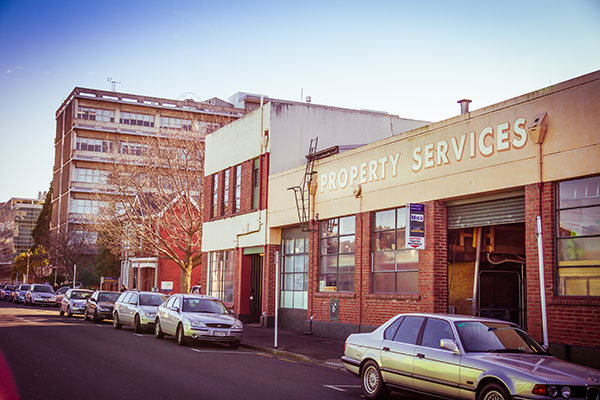Otago Considers Recreating Christchurch
The University’s Seismic Strengthening Policy states that all buildings that have a New Building Standard (NBS) of less than 15 per cent after detailed assessment will be evacuated for health and safety reasons, and that all buildings deemed earthquake-prone after detailed assessment will be prioritised and strengthened to at least 67 per cent NBS.
While the University’s detailed assessment programme is yet to find any buildings that are dangerously earthquake-prone and need to be vacated, the Property Services building and the Arts building were still both deemed earthquake-prone after being found to have New Building Standards of 19 per cent and 29 per cent respectively.
Such low ratings have prompted the University to consider knocking down both buildings, as well as other alternatives. For the Property Services building, alternatives include strengthening of a single-storey “trades” section to reach a 34 per cent standard, sectional decants to strengthen to a 67 per cent standard, or a full decant of the building to also reach a 67 per cent standard. Options other than a demolition of the Arts building include a full decant of the building to undertake repairs.
Critic spoke with the Director of the University’s Property Services Division and Seismic Steering Group Chair Mr Barry MacKay, who remarked that the Property Services building was constructed during the 1920-40 period and it was “not unusual” for brick buildings of this age to be deemed earthquake-prone. However, Critic was somewhat bemused that the building houses the very staff who maintain the University’s facilities, and couldn’t decide if, in failing to acknowledge their own deteriorating safety, the team was incredibly dedicated and selfless or rather a few tools short of a tool shed.
Mr Mackay noted that if a decision to retain and strengthen the building is made, then such work will be “programmed around the Property Services operations.” Staff may be temporarily relocated from affected buildings as this work is carried out.
When asked about the disruption to students and staff if the Arts building is demolished, Mr Mackay said that if a new building on a new site were to be constructed there would be “very little” disruption. “[Students] would continue to use the old building until the new building was completed. For staff the most obvious disruption would be shifting offices from the old building to the new one.”
The other option – constructing a new building on the same site – would be much more disruptive, as alternative office and teaching space would need to be found elsewhere on campus. Such a course is the “least favoured option.”
Mr Mackay “hoped” a decision would be made about the fate of both buildings this year.
While Dunedin is an area that has a low level of seismic activity, the recent Christchurch earthquakes have prompted the University to initiate its own Seismic Strengthening Policy. This comes after the DCC revised its own policies, obliging property owners to carry out seismic strengthening works on “at-risk buildings in a timely manner.”
Subsequently, the University has launched a seismic website “to keep staff, students and the general public informed” about their Seismic Assessment Programme, which deals with potentially earthquake-prone buildings.
A budget of $50 million has been set aside and dedicated to the Programme.




